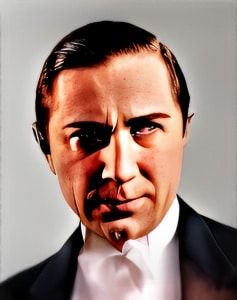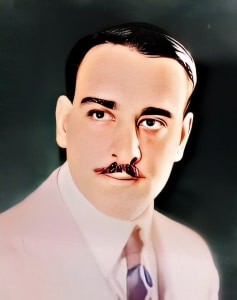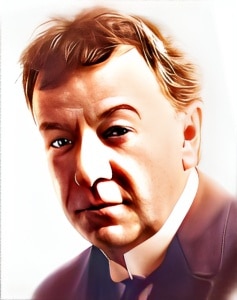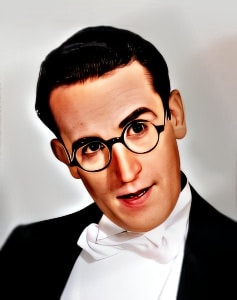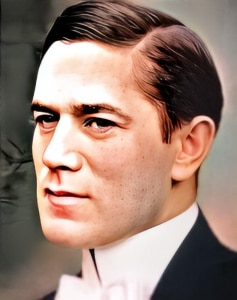 Arthur V. Johnson, a prominent figure in the early days of American cinema, left an indelible mark on the silent film era through his acting prowess and contributions to the evolving language of filmmaking.
Arthur V. Johnson, a prominent figure in the early days of American cinema, left an indelible mark on the silent film era through his acting prowess and contributions to the evolving language of filmmaking.
Born on February 2, 1876, in Cincinnati, Ohio, Johnson embarked on a career that would see him become one of the pioneering actors of the nascent film industry. His journey began in the realm of theater, where he honed his craft on the stage before transitioning to the burgeoning world of moving pictures.
Johnson’s foray into film coincided with the rise of the Biograph Company, a leading studio in the early 1900s. He soon caught the attention of legendary director D.W. Griffith, becoming a key player in Griffith’s stock company. This collaboration marked the beginning of Johnson’s significant contributions to the cinematic landscape.
One of Johnson’s notable appearances was in the groundbreaking film “ A Strange Meeting” (1909), directed by Griffith. The film, with its innovative storytelling and emotional depth, showcased Johnson’s ability to convey complex emotions in the silent film format. His portrayal of a son departing for college and experiencing the twists of fate demonstrated his versatility as an actor.
As the silent film era progressed, Johnson continued to feature prominently in Griffith’s works, becoming a reliable and recognizable presence on the screen. His performances often captured the nuances of human emotion, utilizing the visual language of cinema to convey depth and meaning without the aid of spoken words.
Johnson’s collaborations with Griffith extended beyond acting, as he occasionally took on roles as a director. His multifaceted involvement in the filmmaking process highlighted his adaptability and understanding of the evolving medium.
In addition to his work with Griffith, Johnson appeared in numerous films across different genres, contributing to the diversity of his filmography. His career coincided with a period of rapid transformation in the film industry, where artists navigated the transition from theatrical conventions to the unique storytelling possibilities offered by cinema.
Despite the limitations of the silent era, Johnson’s performances resonated with audiences, showcasing the power of visual storytelling. His expressive face and ability to convey a wide range of emotions made him a standout presence in an era when actors had to rely on their physicality and facial expressions to communicate with viewers.
As the silent film era gave way to the advent of sound in cinema, Johnson’s career faced challenges. The transition posed hurdles for many actors whose voices didn’t align with audience expectations. Nevertheless, Johnson’s impact on the early years of film remained significant, contributing to the foundation upon which future generations of filmmakers would build.
Arthur V. Johnson passed away on January 17, 1916, at the age of 39, leaving behind a legacy that encapsulated the spirit of the silent film era. His contributions to the art of visual storytelling, particularly through his collaborations with D.W. Griffith, solidified his place in the annals of cinematic history, marking him as a trailblazer in the formative years of American filmmaking.
Loading live eBay listings...

